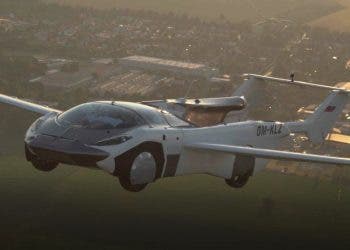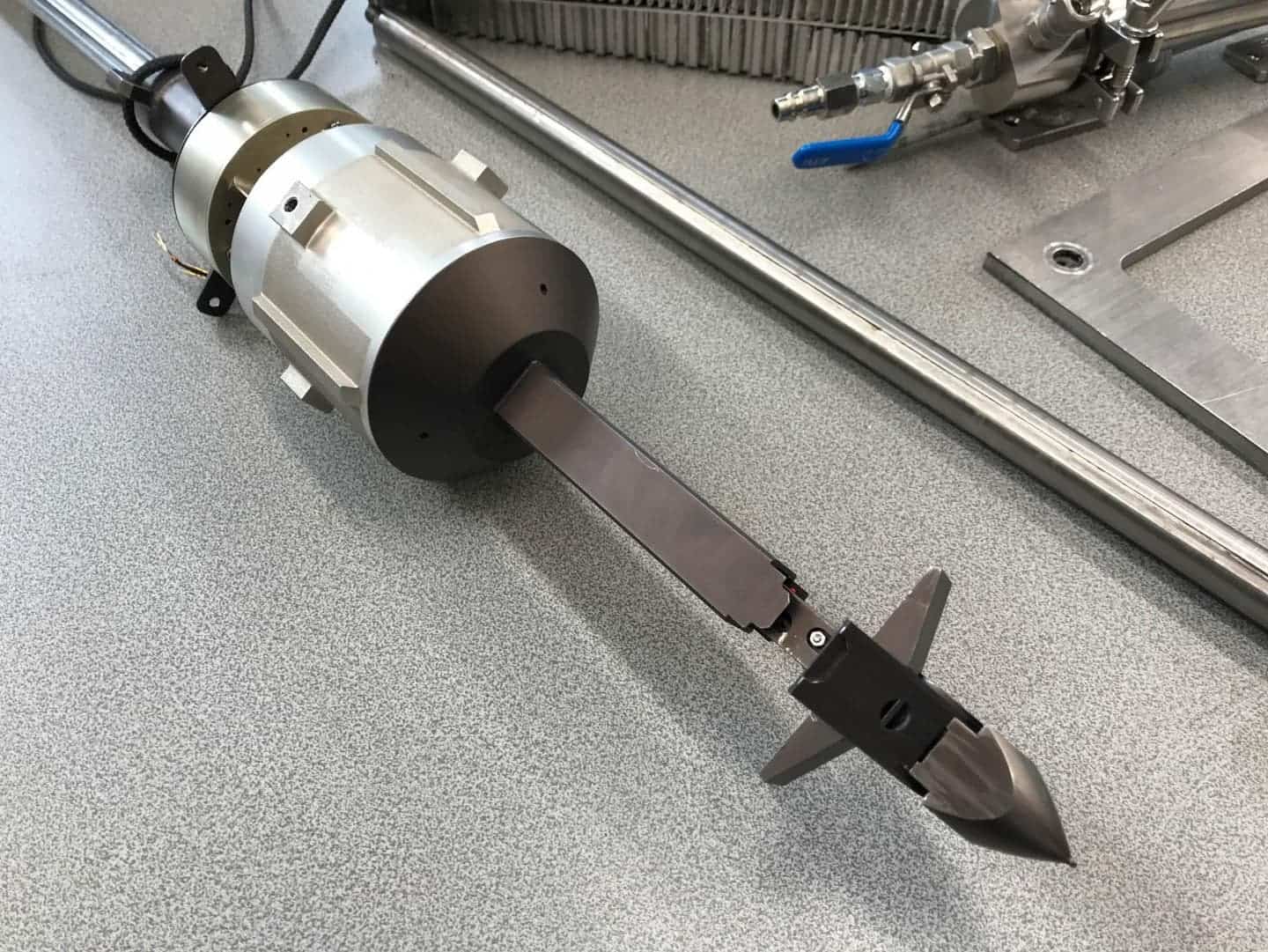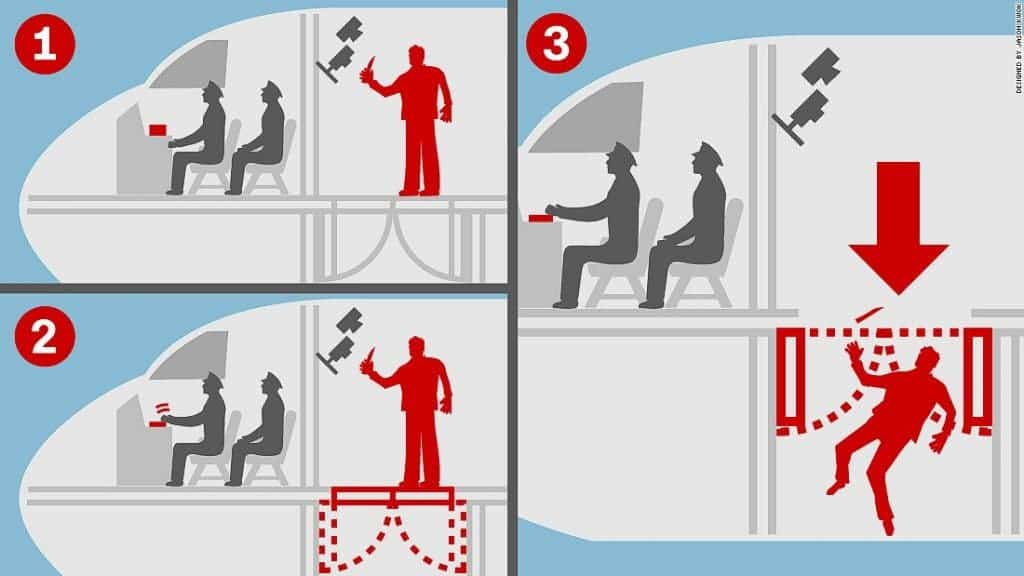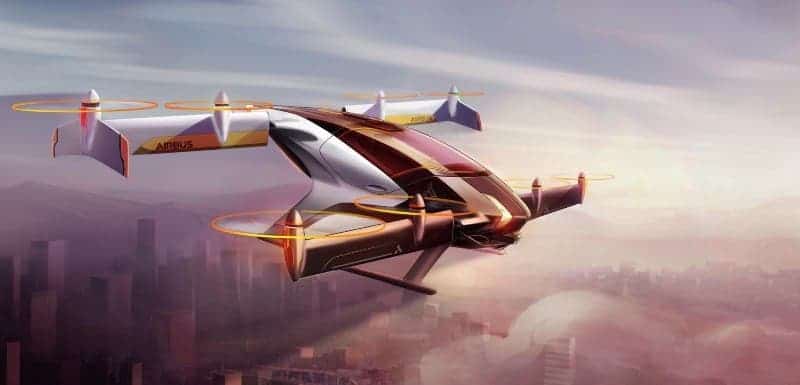
Airbus wants people to ditch cars in favor of vertical takeoff and landing machines (VTOL) a.k.a flying vehicles. The company hopes to test its first prototype by the end of 2017, two years ahead of schedule.
Information technology has progressed immensely in the past decades. Right now, most people hold in their pockets a computer that’s millions of times more powerful than the machines employed by NASA to put man on the moon. In other areas, however, progress has been slow when compared to the pace of IT development. For instance, it takes just as long to reach New York from London as it did in the 1970s. It takes much longer, actually, if you’re posh and remember the Concorde. Where’s my flying car? Everyone promised I’d get to have one in the 21st century. Well, leave it to Airbus to finally make that Fifth Element fantasy a reality.
“One hundred years ago, urban transport went underground, now we have the technological wherewithal to go above ground,” Airbus CEO Tom Enders at the DLD Conference in Munich. “We are in an experimentation phase, we take this development very seriously.”
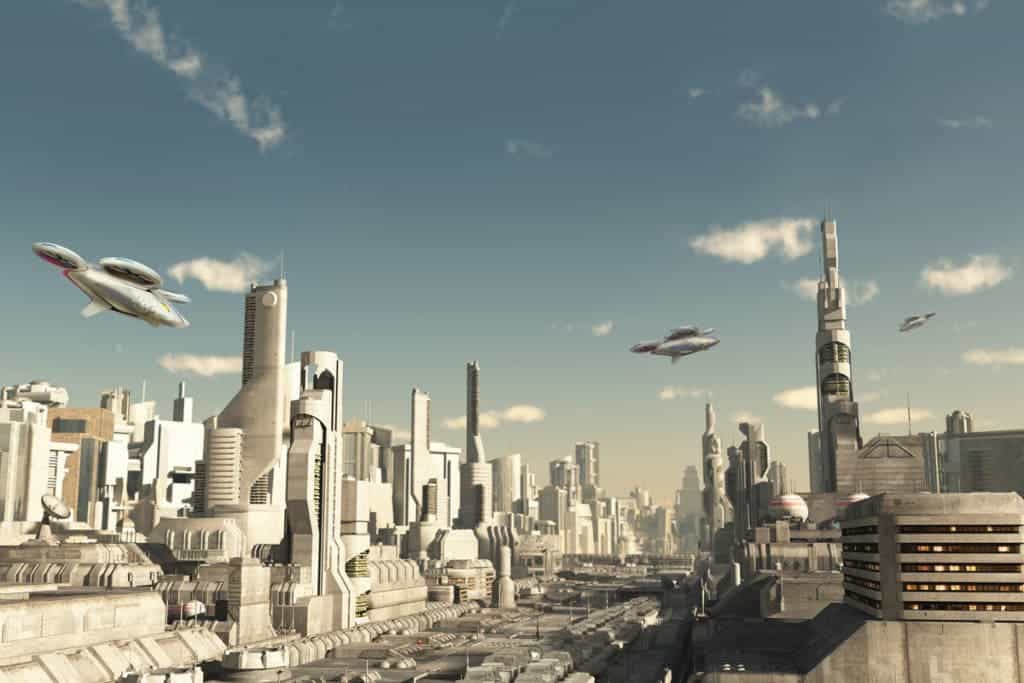
Enders says there are a lot of advantages to flying cars. Such vehicles can greatly reduce the expenses cities and governments incur from having to build and maintain transport infrastructure. You don’t need roads or bridges for VTOLs. Traffic can become a trivial issue since you can vertically stack as many lanes as you need. Then, of course, flying is the fastest way to reach point B from point A.
Enders thinks that recent developments in autonomous vehicles and artificial intelligence are priming the world for a revolution of transportation. This aerospace industry leader doesn’t want to be left out. “We are in an experimentation phase, we take this development very seriously,” he said.
What’s particularly interesting about this seemingly SciFi project is that Airbus’ prototype might be all-electric or at least hybrid. And like the cars of the future, it will be completely autonomous.
“Autonomous flying is easier than autonomous driving and I think more and more people realize that, never the less, I think it might be autonomous driving, or partially autonomous driving, is implemented first,” Enders said.
“This market will develop quickly once we are able to deploy the first vehicles in megacities and demonstrate the benefits of quiet, emission-free air transport at competitive prices,” said Jorg Muller, from Airbus’ corporate development department

